If you want to gain valuable experience, then you go to school. The same applies to motorcycle riding. When you sign up for the Beginner or Basic Rider courses that are available from multiple organizations throughout the U.S., you are taking a giant step forward. Here is what to expect:
Pre-Course Assignment
The assignment that you receive is dependent on the organization that you sign up with. Make sure you do this work, because you will be better prepared for what is to come in the class. You are welcome to take notes, write down questions to ask the instructor, and familiarize yourself with the terminology.
Necessary Items
When you have class, you should bring your student handbook, a notepad, pen, and some food items for snacks and lunch. These classes will last for most of the day, so be prepared for a full day of learning and moving.
You should wear jeans with ankle boots, a long-sleeved shirt or jacket, full fingered gloves, and a DOT-legal helmet. Some schools will have helmets to borrow if you don’t have one. Keep in mind that you won’t be able to attend the class if you don’t have the appropriate gear.
Also, regardless of the weather, the class will go on. Be prepared for cold mornings. Lightweight layers are best, because you can peel them off as you get hot. You should also wear a waterproof jacket, boots, and gloves, just in case it rains.
What Happens In The Class
The class structure depends on statewide regulations and the course provider. However, most programs cover the same points. The courses are completed within two days, although you can sign up for more advanced courses later on.
First Day
On the first day of the Basic Rider Course, you don’t want to be late. Anyone who arrives late has a direct impact on how much information you receive—and you don’t want to miss anything. Before you turn on the engine, you need to sign some liability papers and other paperwork. You might be asked to introduce yourself and talk about what experience you have on a motorcycle. It’s fine if you have zero experience, because the class is designed for beginners. Relax and enjoy the chance to make new riding buddies.
The first half of the day talks about basic riding mechanics. This should be considered review if you did the pre-course assignment. If you jotted down any questions in your notes, this is the time you ask.
The first riding exercise doesn’t send you off down the road with no assistance. You review the handlebar controls once again. You mount, dismount, and turn the vehicle on and off. You then get a feel of the manually-operated clutch. Gradually, you get familiarized with the motion of the bike
The exercises thereafter include riding in a straight line, shifting gears, turning and cornering. The class is paced to allow for you to absorb this information is quickly or slowly as you need.
Second Day
The second day builds off the operations you picked up on the first day. Now, you can get more technical and polish those skills. The session begins with practice of slow speed maneuvering, emergency braking, swerving, and more cornering.
Once these drills are complete, you are assessed on your competency. The riding test will be the most stressful part of the day, because you need to successfully complete the exercises. If you don’t pass, you can retest for free; but if you fail twice, consider that riding a motorcycle might not be for you.
Other Things To Expect
There’s a reason you sign a liability form. You could tip over or crash during the hands-on section of the course. Don’t worry, though. This, too, is practice. Once you have fallen a few times, you get the hang of controlling the bike. You will receive advice for staying upright from a professional instead of having to figure it out yourself.
All in all, a Basic Rider Course is an excellent choice for all new riders who want to gain valuable experience before hitting the road. Though the course only lasts for two whole days, you learn much more than you probably expect. Go in with an open mind and leave riding your motorcycle. After that, the road is yours to master.
Enjoyed this article? Want to learn more? Check out my YouTube channel and hit that subscribe button.
You Might also like
-
Motorcycle Basics: Before You Start Riding
Before even hopping on a motorcycle, it’s a smart decision to ride about the mechanics of the machine and familiarize yourself with key concepts. Having an idea in your head is going to come in handy when you’re faced with common beginner problems or later on when you’re on the road.
That’s how you really get a handle on the motorcycle. Let’s get started.Motorcycle Basic Controls
Most motorcycles have the same controls; but you should always check the owner’s manual since the locations and shapes of some features will vary between makes and models.
motorcycle controls indicators and equipment Motorcycle basic parts:
Handlebars
Right side:
- Electric start button – usually yellow or white.
- Engine cut-off switch – above the electric start button. Usually red.
- Above the right throttle is the front brake lever.
Left side:
- Horn
- Indicators (blinkers)
- Choke
- Headlight dip switch (high beams/low)
- Clutch lever.
Between the handlebars, you find the ignition key. Ahead of the handlebars, you will also see the speedometer, odometer, and the tachometer.
motorcycle handlebar controls motorcycle throttle Older Styles and Off-Road Bikes
Here’s some special considerations if you are on an older model or have an off-road bike:
Fuel petcock – these are usually attached to the left near the carburetor. You can lean down to switch the gas tank when the fuel is getting low and you need to get to the gas station ASAP.Kick starter – off-road bikes have kick starters more commonly than street bikes. The kick starter works when you push down on the lever, turning the engine crank and causing the pistons to put pressure against the spark plug. Fuel ignites to start the engine.
What To Check Before Your Ride Every Time
Professional schools throughout the country use the acronym T-CLOCs to help you remember what you should check before heading on your bike. These checks should be done at least once a year, depending on how often you are riding your bike. If you ride every single day, you will have to use T-CLOCs much more often.
- T – Tires
- C – (Main) Controls
- L – Lights & other controls
- O – Oil & other fluids
- C – Chassis
- S – Stands
Tires
Check the air pressure and look at the condition of the tires. Are they worn down? Cracking? What is the condition of the spokes? Do you note any air leakage?
Next, look at the rims, bearings, seals, and casts. Does each brake work as it should? Does the bike fight you when turning or slowing down?
Controls
The main controls include the handlebars, cables, hoses, levels, pedals, and throttle. Make sure the condition of the hoses is good and that everything is properly lubricated. The bars should be straight, and the throttle should move without resistance. Ensure the hoses aren’t cut or leaking. Any bulges, chafing, cracks or fraying of control cables needs to be repaired.
Lights & Other Controls
This includes the battery, wiring, tail and signal lights, switches, blinkers, headlight, and reflectors. Is everything illuminating? Do the blinkers flash right? Is fraying or kinks in the wiring? Are the beams strong enough in the dark?
Oil & Other Fluids
Check the gaskets and seals for any leaks. Ensure the oil level is good, along with other fluid levels. Check for sediment in the coolant reservoir.
Chassis
The chassis is made up of the frame, suspension, chains, belts, and fasteners. Nothing should rattle. Nothing should be frayed, cracking, peeling, or chipping. Ensure that everything is tight and that there is tension in the belts and chains.
Stands
Check for cracks or bends in the stands. Springs should hold their position without looseness.
Basic Mechanics of a Motorcycle
Being that a motorcycle rides on two wheels, it is designed to lean to either side. Through balance and input from the ride, the motorcycle maintains an upright position. Many beginners are afraid that the bike is going to fall over if they lean too far, but that’s not the case. Through the forces of physics, such as friction, momentum, and gravity, it’s nearly impossible for a bike that’s going to straight to fall over.
Engine
Another reason the motorcycle stays upright is the force of the pistons in the engine. These pistons move up and down, creating a force that helps the moving bike maintain it’s upward position.
Tires
The tires of motorcycles are designed to be rounded, ensuring that as the bike rounds a corner, the same surface area of the tire remains on the ground.
Chassis
For the beginner, all you need to know about the chassis is how to sit properly. When positioned properly on the bike, your wrists, knees, and back will be comfortable. You should also be able to engage your core and thigh muscles when using your body to maneuver.
Clutch
Most bikes are manual transmission. The clutch keeps the bike moving but also controls the speed by using friction. Clutches are usually bathed in the same oiled the engine uses, so if you ride the clutch for a while, you won’t cause damage. However, some bikes are different, so refer to the owner’s manual.
Wrapping It Up
For the new rider, your focus should be memorizing where the controls are and what certain parts of the bike do. By learning the general location, you can drive much more safely (and not while staring at the handlebars).
Remember, the everything takes practice. In the same way you learned to ride a bicycle, you need some patience with riding a motorcycle. With that, you’re ready to begin!
Liked this article? Want more beginner’s tips? Subscribe to my YouTube channel to get notifications about the latest videos and never miss out.
-
The Thrill of Speed vs. Reality: Can You Live with a Superbike as a Daily Driver?
Speed Demons for Everyday Riders? Exploring the Practicalities of Owning a Superbike
The roar of the engine, the wind whipping past your helmet, and a blur of scenery – the allure of a superbike’s exhilarating speed is undeniable. But for many riders, the question arises: can you live with a superbike as a daily driver? This article delves into the thrilling reality of owning a superbike for everyday use, exploring both the exhilarating aspects and the practical challenges.
Key Takeaways
- Superbikes offer exhilarating speed and unforgettable experiences, but come with challenges like lower fuel efficiency, less comfort, higher maintenance costs, and reduced maneuverability compared to standard motorcycles.
- Consider individual needs and preferences before deciding if a superbike is suitable for daily driving.
- Explore alternatives like sport touring models or used superbikes for a balance between performance and practicality.
- Prioritize safety and experience to ensure responsible and enjoyable riding.
Comparison Table: Superbike vs. Standard Motorcycle for Daily Use
Feature Superbike Standard Motorcycle Performance High Moderate Fuel Efficiency Low Moderate to High Comfort Low Moderate to High Maintenance Costs High Moderate Maneuverability Low High Comparison Table: Superbike vs. Standard Motorcycle for Daily Use
The Allure of Speed:
Superbikes, also known as fastest production motorcycles or fastest sportbikes, boast incredible top speeds and lightning-fast acceleration. These machines are the pinnacle of engineering, pushing the boundaries of performance and embodying the thrill of the ride. For many riders, owning a superbike fulfills a lifelong dream, offering an unmatched experience on the open road.
The Practical Realities:
However, the reality of owning a superbike for everyday use can be quite different from the initial excitement. Here are some key factors to consider:
- Fuel Efficiency: Superbikes are notorious for their fuel-thirsty nature. Their high-performance engines often translate to lower fuel economy compared to standard motorcycles. This can be a significant financial consideration, especially with rising fuel costs.
- Comfort: Superbikes are designed for performance, not comfort. Aggressive riding positions with low handlebars and rearset footpegs can lead to fatigue and discomfort on longer rides. Additionally, the lack of wind protection can be unpleasant, particularly in harsh weather conditions.
- Maintenance Costs: High-performance machines often come with higher maintenance costs. Regular servicing, including frequent tire changes and specialized parts, can be more expensive than with standard motorcycles.
- Maneuverability: Superbikes are designed for speed and handling on racetracks, not navigating city streets. Their larger size and heavier weight can make them less maneuverable in tight spaces and stop-and-go traffic.
Beyond the Numbers:
While these practical considerations can be daunting, it’s important to remember that owning a superbike is not just about the numbers on a spec sheet. It’s about the emotional connection you have with the machine, the sense of freedom it offers, and the unforgettable experiences it creates.
Finding the Balance:
Ultimately, the decision of whether or not a superbike is suitable for daily driving comes down to individual needs and preferences. If you prioritize fuel efficiency, comfort, and practicality, a standard motorcycle or a sport touring model might be a better fit. However, if you’re willing to embrace the challenges and embrace the thrill of owning the fastest street-legal motorcycle, a superbike can be a rewarding experience.
Additional Considerations:
- Alternatives: Consider exploring the fastest-liter bike 2023 options that offer better fuel efficiency and comfort while still retaining some of the performance characteristics.
- Used Superbikes: Purchasing a used superbike can be a cost-effective option, allowing you to experience the thrill without breaking the bank.
- Riding Experience: Ensure you have the necessary skills and experience to handle the power and performance of a superbike before making a purchase.
6 FAQs About Superbikes as Daily Drivers
6 FAQs About Superbikes as Daily Drivers
1. Are superbikes good for commuting?
Superbikes can be challenging for daily commutes due to lower fuel efficiency, less comfort, and potential difficulties in stop-and-go traffic. Consider alternative options like sport touring models for better practicality.
2. How much does it cost to maintain a superbike?
Superbikes generally have higher maintenance costs due to frequent servicing, specialized parts, and high-performance tires.
3. Can you make a superbike more comfortable for daily use?
While limited, some aftermarket accessories like handlebar risers and windshields can slightly improve comfort on longer rides.
4. What are some alternatives to superbikes for daily driving?
Sport touring models offer a good balance between performance and comfort, making them suitable for both spirited riding and everyday commutes.
5. Is it dangerous to ride a superbike as a daily driver?
Superbikes require a higher level of skill and experience due to their powerful engines and aggressive handling. Ensure you have adequate training and practice before riding one regularly.
6. What’s the best way to decide if a superbike is right for me?
Carefully assess your needs, priorities, and riding experience. Consider taking test rides on different bike types before making a decision.
Facts & Statistics: Superbike Market and Daily Riding
- The global superbike market size was valued at USD 5.2 billion in 2022 and is expected to grow at a CAGR of 4.1% from 2023 to 2030. (https://www.grandviewresearch.com/industry-analysis/motercycles-market-report)
- Only 20% of motorcycle owners commute to work on their bikes regularly in the United States. (https://msf-usa.org/)
- Comfort and fuel efficiency are two of the most important factors considered by motorcycle buyers when choosing a motorcycle for daily use. (https://powersportsbusiness.com/news/2023/08/03/mic-motorcycle-segment-up-through-q2/)
By carefully weighing the pros and cons, and considering alternative options, you can make an informed decision that aligns with your riding style and lifestyle. Remember, the fastest motorcycle on the market isn’t always the best fit for every rider. Choose a bike that allows you to experience the joy of riding, be it a superbike in occasional bursts or a more practical option for everyday use.
-
More Than Just a Number: Evaluating Motorcycle Performance Beyond Top Speed
In the world of motorcycles, the allure of top speed is undeniable. Images of sleek machines blurring across racetracks and boasting impressive numbers often dominate the conversation. However, for many riders, true performance goes beyond simply hitting the highest speedometer reading. Just like a good book isn’t judged solely by its length, a motorcycle’s true capabilities extend far beyond a single metric.
Key Takeaways
- Top speed isn’t the only measure of motorcycle performance. Consider factors like acceleration, handling, braking performance, and power-to-weight ratio to find the perfect bike for your needs.
- Different riding styles prioritize different performance aspects: acceleration for city riding, handling for navigation, braking for safety, and power-to-weight ratio for sport riding.
- Choose a motorcycle that aligns with your individual riding style and preferences for the most enjoyable and fulfilling experience.
Comparison Table: Conventional vs. Unconventional Motorcycle Performance Measures
Feature Conventional Unconventional Focus Top Speed Acceleration, Handling, Braking, Power-to-Weight Ratio Relevance Limited More comprehensive picture, caters to various riding styles Examples MPH (km/h) 0-60 mph (0-100 km/h) time, suspension travel, braking distance, horsepower per kilogram This article delves deeper, exploring unconventional measures of motorcycle performance that cater to various riding styles and needs. While top speed has its place, focusing solely on this number can paint an incomplete picture of a motorcycle’s true potential. Here are some key performance factors to consider:
1. Acceleration:
The thrill of the launch, the surge of power as you twist the throttle, is an essential part of the riding experience. Acceleration, measured in seconds from 0 to 60 mph or 0 to 100 km/h, indicates how quickly a motorcycle can gain speed. This metric is particularly important for city riding and overtaking maneuvers, offering confidence and responsiveness in everyday situations.
2. Handling:
The ability of a motorcycle to carve through corners with precision and stability is crucial for a confident and enjoyable ride. Handling encompasses factors like suspension, steering geometry, and tire grip. A well-handling motorcycle feels planted and predictable, allowing riders to navigate curves confidently and explore the twisties with ease.
3. Braking Performance:
The ability to slow down effectively and safely is paramount for any motorcycle. Braking performance is measured by the distance it takes a motorcycle to come to a complete stop from a specific speed. Powerful and responsive brakes inspire confidence, especially on mountain roads or in unexpected situations.
4. Power-to-Weight Ratio:
This metric combines engine power and motorcycle weight. A higher power-to-weight ratio signifies a lighter bike with more power, translating to better acceleration, agility, and overall responsiveness. This factor is especially relevant for sport-oriented riding and track days, where quick maneuvering and responsiveness are crucial.
Finding the Right Balance:
Finding the Right Balance:
The ideal combination of these performance metrics depends on your individual riding style and preferences. Tourers might prioritize comfort and long-distance capabilities, while track riders might seek razor-sharp handling and agile responsiveness.
6 FAQs About Unconventional Motorcycle Performance Measures
1. What’s the difference between horsepower and torque?
Horsepower measures an engine’s ability to generate power, while torque measures its twisting force. Both contribute to a motorcycle’s performance, with a good balance being ideal.
2. How does suspension affect handling?
Suspension plays a crucial role in absorbing bumps and maintaining tire contact with the road, leading to improved stability and control.
3. Are ABS brakes important?
Anti-lock braking systems (ABS) help prevent wheel lockup during hard braking, providing increased control and shorter stopping distances, especially in slippery conditions.
4. What’s the ideal power-to-weight ratio for me?
A higher power-to-weight ratio generally translates to better acceleration and agility. However, consider your riding style and skill level. A lighter, more powerful bike might be harder to handle for beginners.
5. How can I test a motorcycle’s performance before buying?
Many dealerships offer test rides so you can experience the motorcycle’s performance firsthand. Consider different models and riding scenarios to find the best fit.
6. What are some safety considerations when evaluating motorcycle performance?
Always prioritize safety first. Focus on factors like braking performance, handling, and visibility to ensure a safe and enjoyable riding experience.
Facts & Statistics: Motorcycle Usage and Performance Preferences
- 70% of motorcycle owners use their bikes for leisure riding. (https://www.statista.com/study/91633/motorcycles-report/)
- 30% of motorcycle owners commute to work on their bikes. (https://www.statista.com/study/91633/motorcycles-report/)
- Among sportbike owners, 65% prioritize handling and agility, while 42% prioritize acceleration. (https://www.statista.com/study/91633/motorcycles-report/)
By understanding these unconventional measures and evaluating them against your needs, you can make a more informed decision when choosing a motorcycle that perfectly aligns with your riding experience. Remember, the fastest motorcycle on the market isn’t always the “best” for everyone. Ultimately, the perfect motorcycle is the one that delivers the performance characteristics that bring you the most enjoyment and confidence on the road.

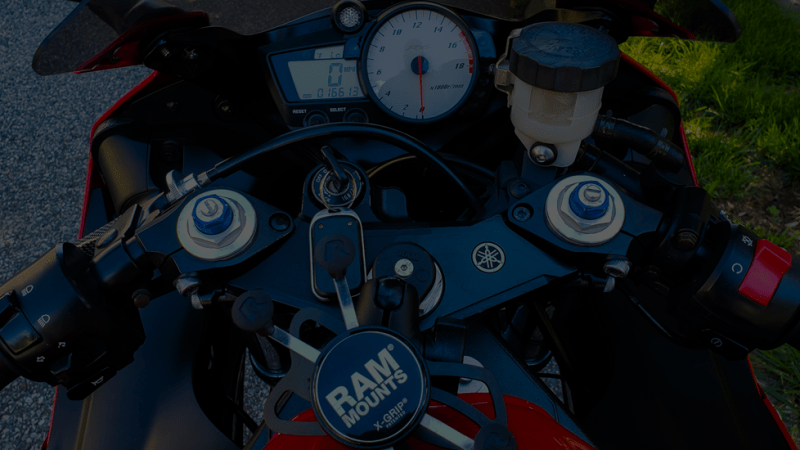
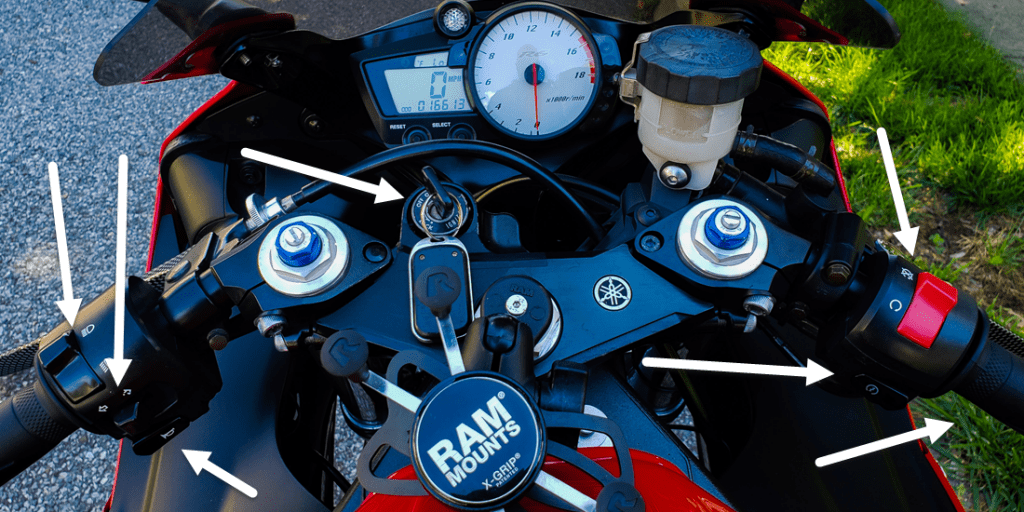
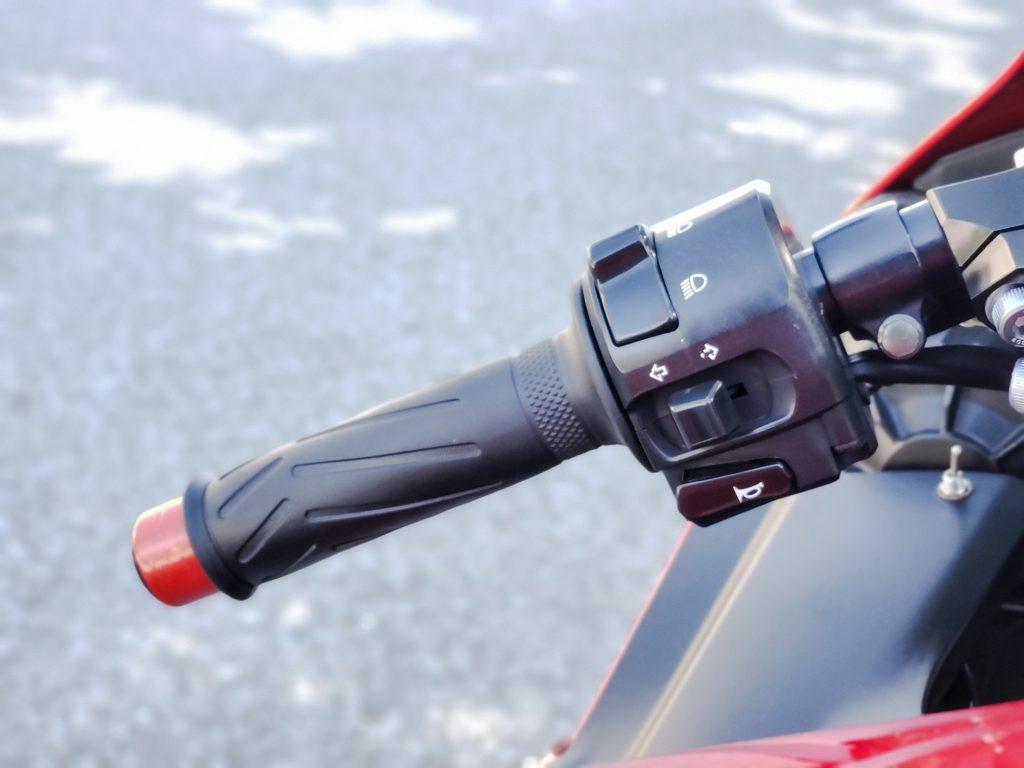
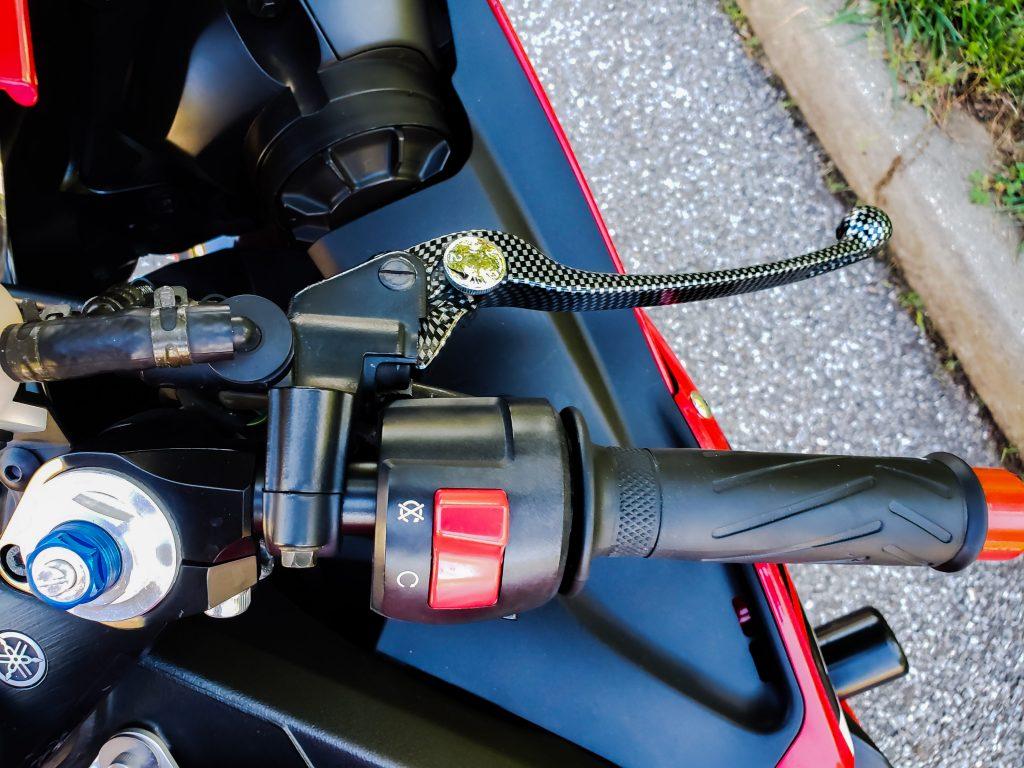


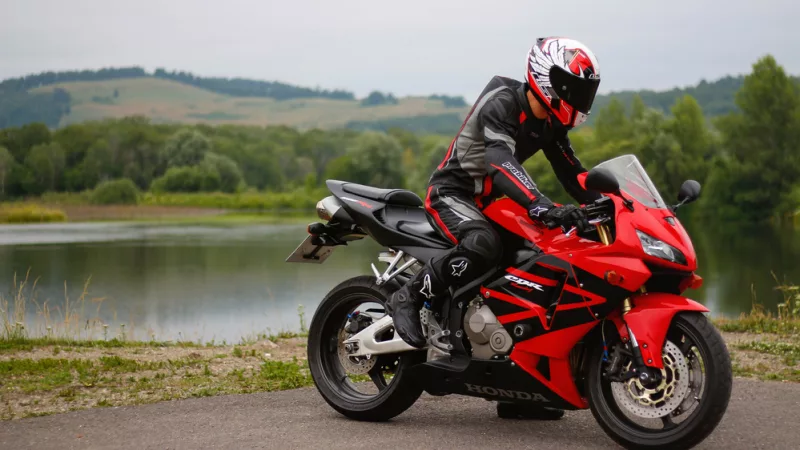
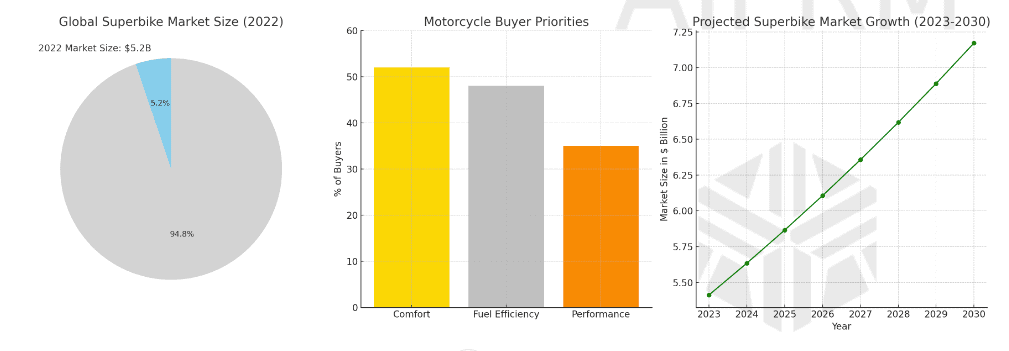
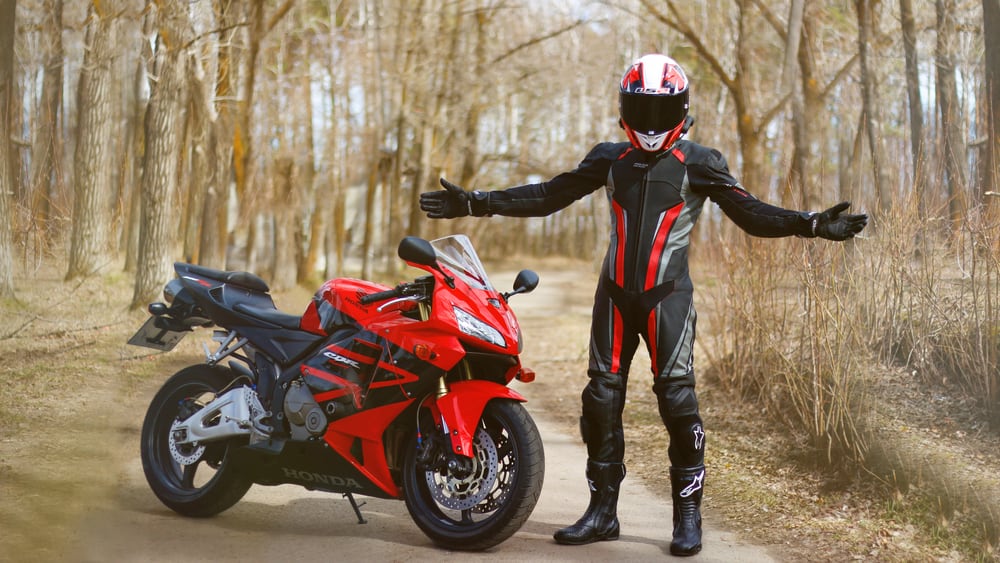
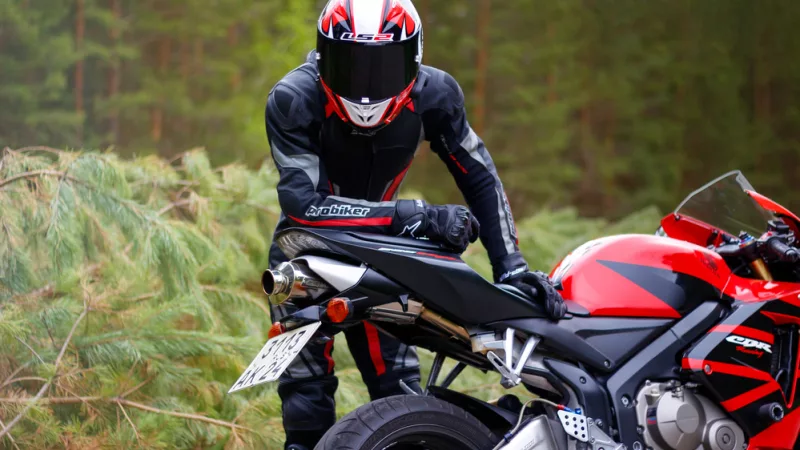
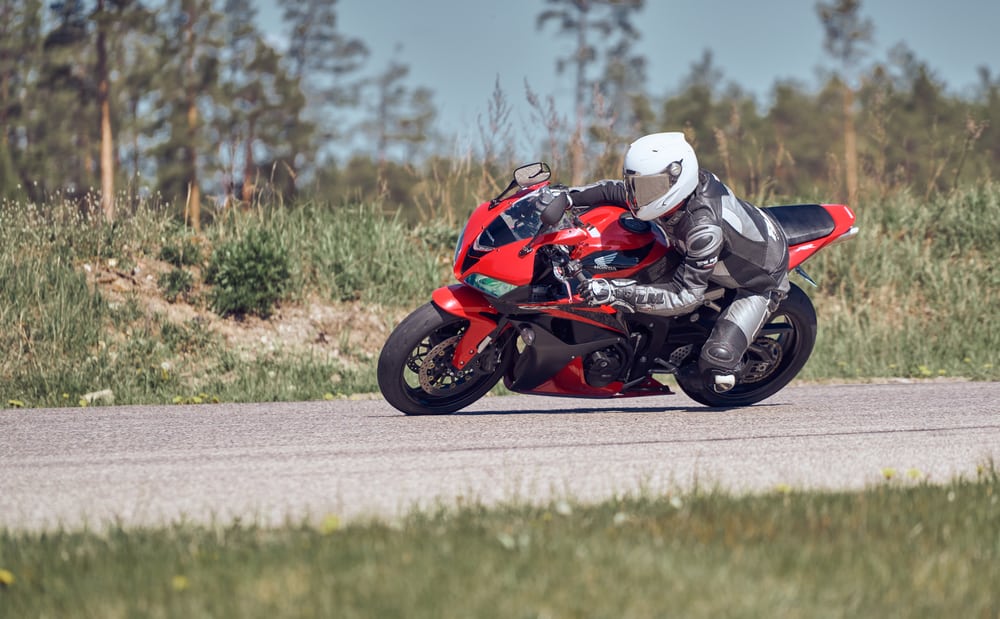





2 comments on What to Expect at a Beginner Rider Course